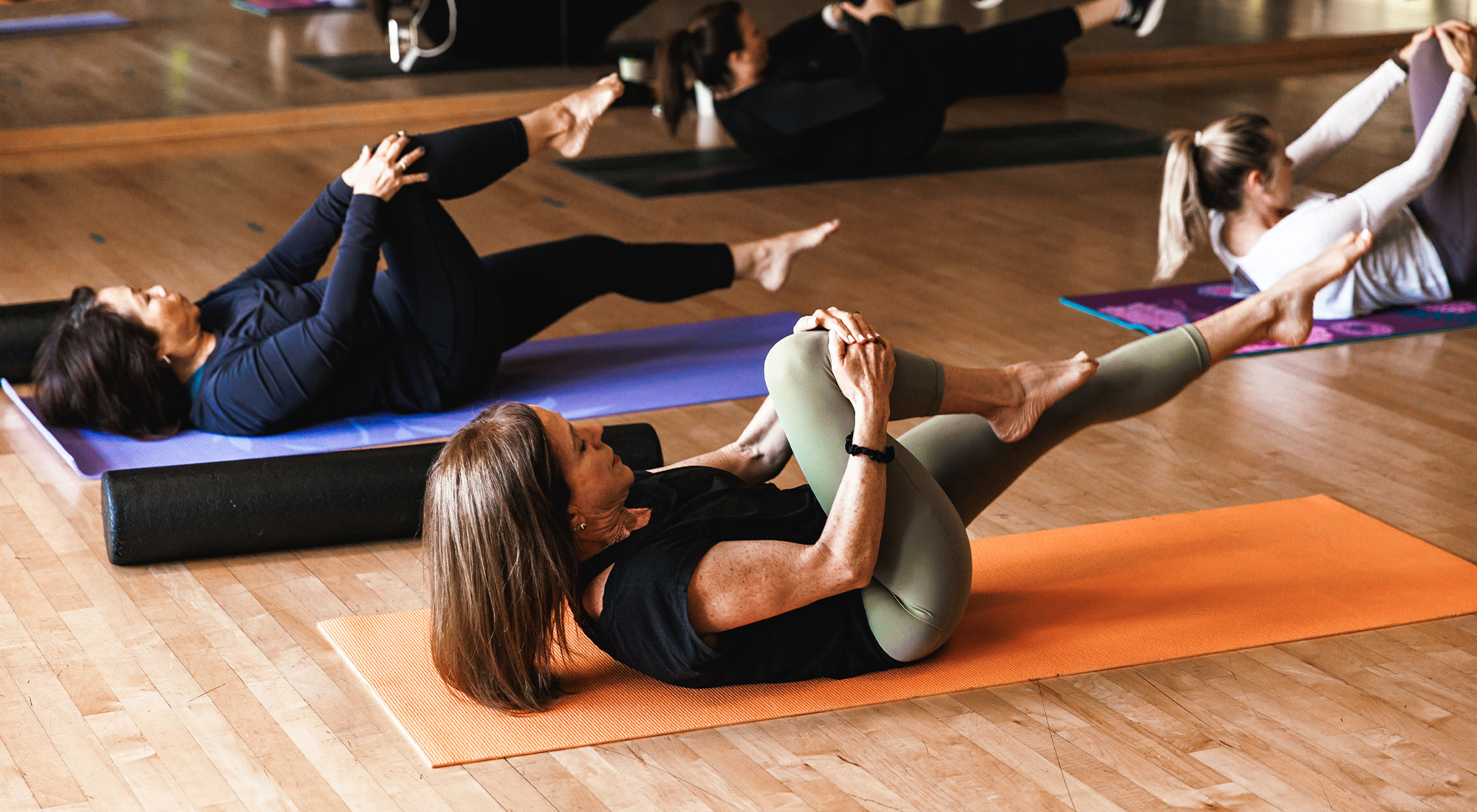go further by swell
Looking for ways to optimize your workouts? Our blog dives deep into the latest fitness news, offering expert advice on pre- and post-workout nutrition to help you maximize your results, both inside the gym and beyond.
The Benefits of Morning Workouts: Why Starting Your Day With Exercise is a Game Changer
Hitting the snooze button or lacing up your sneakers—which one sets you up for a more productive and energized day? While both have their merits, the growing body of evidence […]
READ MOREDiscover the Power of Yoga: Celebrating International Day of Yoga
As we stretch our way into longer summer days, we look forward to celebrating International Day of Yoga on June 21st. Now’s the perfect time to reflect on this ancient […]
READ MOREDiscover the Benefits of Outdoor Workouts at Swell Goleta
Summer turns our already stunning coastline into a vibrant, living thing. With such a backdrop, most of us are used to getting our sweat on outside—whether that’s pounding the pavement […]
READ MOREFresh Flavors Are the Key to These Healthy Spring Recipes
Spring has sprung! Birds are chirping, flowers are blooming, and the days are getting longer. It’s a natural time to shake off the winter blues and embrace a fresh start—in […]
READ MORECelebrating Female Trainers: Spotlight on Santa Barbara’s Women Fitness Coaches
Not only is March Women’s History Month, but March 8th is International Women’s Day. This year’s theme is “Inspire Inclusion.” It wasn’t too long ago that the fitness industry was […]
READ MOREThe Queen of Hearts: Protect Yours with These Functional Cardio Exercises
If you’ve ever jumped over a puddle, lifted a box, or twisted your torso while placing something heavy on a shelf, congratulations—you’ve done functional cardio exercises! Not only does this […]
READ MOREThe Health Benefits of Donating Blood
In order to start the year strong and help our community, Santa Barbara Athletic Club is hosting a blood drive, and all Cathedral Oaks Athletic Club members are invited to […]
READ MORE
SPECIAL MEMBER OFFERS
We’ve partnered with some local friends to provide our members with extra perks around town. Check out these special offers to enjoy all that Santa Barbara County has to offer!
🏋️♂️ Welcome to Swell Santa Barbara, the athletic club you can count on and your second home. Join us for top-notch facilities, friendly community, and endless fitness possibilities.

🎾 Sign up for our summer tennis camp! Perfect for kids of all skill levels. Visit the link in our bio for more info and to register! 🌞🏸

Get motivated and stay fit with our group fitness classes! Join us for a variety of fun and energizing workouts.

Join a gym you’ll look forward to every day of the week. Discover your motivation at Swell Santa Barbara!

💦 Dive into summer with our water aerobics classes at Swell Goleta! Perfect for all fitness levels. 🌞 🏊♀️ Join us and stay cool while you get fit!

🧘♀️ Discover the benefits of Reform Pilates, exclusively for our club members!
*additional class fee required.

Let your kids discover a new passion with tennis! Sign them up for Swell Tennis Camp at our Swell Goleta location now through August 16.
Visit the link in our bio for more info to sign up!

Stay Up-To-Date
Receive important club information like class cancellations, club closures, social events, fitness classes, and much more with our Swell Newsletter!
HOURS
Monday - Friday:
5:30am - 9:30pm
Saturday & Sunday:
6:30am - 9:00pm









